Discover five must-see summer events in Tokyo—held annually—where you can experience Japanese culture, festivals, and seasonal charm in one unforgettable trip.
Top 5 Cultural Events to Experience During Tokyo’s Summer Season
- Sumida River Fireworks Festival – Tokyo’s sky blooms with dazzling summer fireworks
- Mitama Matsuri – A spiritual night lit by 30,000 glowing lanterns
- Koenji Awa Odori – Two days of rhythm, energy, and traditional dance
- Suzumushi Café – A peaceful summer escape with the sound of bell crickets
- Hagi Tunnel at Mukojima-Hyakkaen Garden – A floral walkway that hints at autumn’s arrival

Kokoro
Each of these events offers a unique way to enjoy Japanese culture in summer—be sure to check them out!
- 1 5 Must-Experience Cultural Events in Tokyo During the Summer Season
- 1-1 Sumida River Fireworks Festival|Tokyo’s Night Sky in Full Bloom
- 1-2 Mitama Matsuri|A Night of Prayer Illuminated by 30,000 Lanterns
- 1-3 Koenji Awa Odori|Two Days of Rhythm and Summer Energy
- 1-4 SUZUMUSHI CAFÉ|A Tranquil Summer Café Experience with the Sound of Bell Crickets
- 1-5 Hagi Tunnel at Mukojima-Hyakkaen Garden|A Floral Pathway That Signals the Arrival of Autumn
1 5 Must-Experience Cultural Events in Tokyo During the Summer Season
1-1 Sumida River Fireworks Festival|Tokyo’s Night Sky in Full Bloom
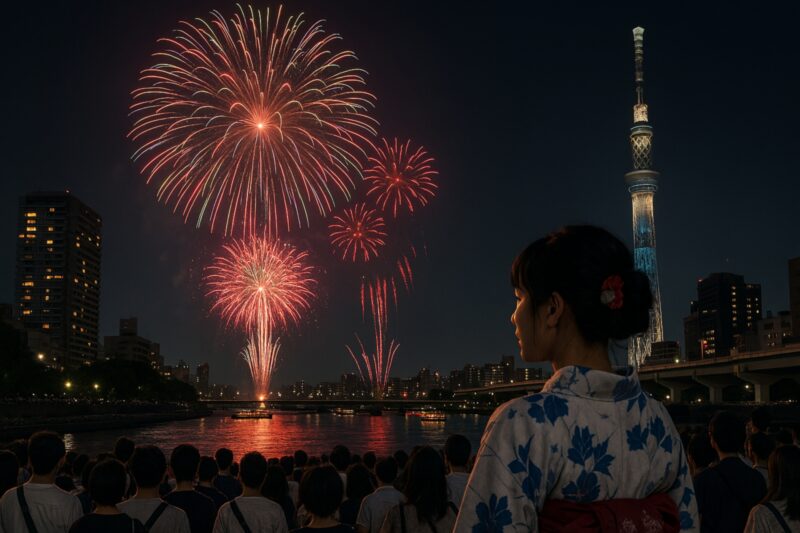
1-1-1 Event Overview
- Date: Last Saturday of July every year (e.g., July 26, 2025)
- Time: 7:00 PM – 8:30 PM (tentative)
- Location: Along the Sumida River
First Site: Between Sakurabashi and Kototoibashi
Second Site: Between Komagatabashi and Umayabashi - Access: Within walking distance from Asakusa, Kuramae, and Ryogoku Stations
- Official Website: Sumida River Fireworks Festival
1-1-2 Highlights & Cultural Significance
- A traditional summer event dating back to the Edo period (established in 1733)
- One of Japan’s largest fireworks festivals, featuring around 20,000 fireworks
- Stunning photo opportunities with Tokyo Skytree and fireworks lighting up the night sky
- Two viewing areas: the first focuses on artistic displays, the second on powerful bursts
- The festive atmosphere with yukata-clad visitors and food stalls captures the essence of Japanese summer
1-1-3 Tips for Enjoying the Festival
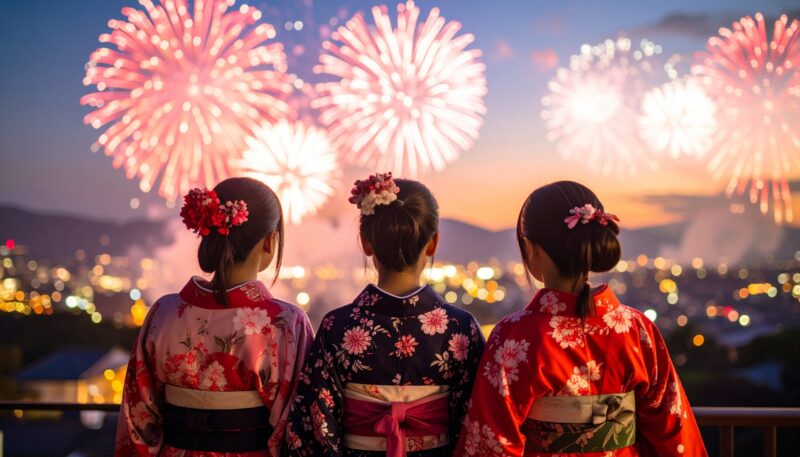
To fully enjoy the Sumida River Fireworks Festival, a little planning goes a long way. Here are some helpful tips:
- Reserve paid seating: Options like civic-sponsored seats and pair seats are available for advance booking—perfect for those who want a relaxed viewing experience.
- Scout out free viewing spots: Popular locations such as Sumida Park and Shioiri Park offer great views, though they tend to get crowded early.
- Avoid the crowds: Arrive early to secure a good spot. After the show, nearby stations become extremely congested, so walking to a station one or two stops away can make your return much smoother.
- What to bring: A leisure sheet, handheld fan, insect repellent, and drinks will help you stay comfortable. Wearing a yukata adds to the festive summer vibe and makes for great photos.
1-2 Mitama Matsuri|A Night of Prayer Illuminated by 30,000 Lanterns
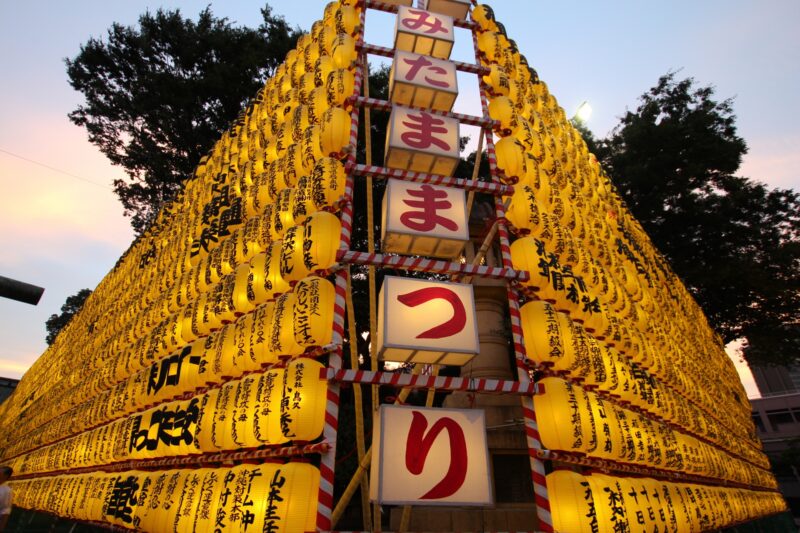
1-2-1 Event Overview
- Dates: Annually from July 13 to 16 (e.g., Sunday to Wednesday in 2025)
- Time: 6:00 PM – 9:30 PM (lanterns are lit from sunset until 9:30 PM)
- Venue: Yasukuni Shrine, Chiyoda-ku, Tokyo
- Access: About a 5-minute walk from Exit 1 of Kudanshita Station (Tokyo Metro TozaiLine, Hanzomon Line, and Toei Shinjuku Line)
- Official Website: Yasukuni Shrine Official Site
1-2-2 Highlights & Cultural Significance
- Around 30,000 glowing yellow lanterns illuminate the shrine grounds, creating a magical summer atmosphere in Tokyo
- A historic festival held since 1947 to honor the spirits of the war dead
- Features a variety of traditional performances, including taiko drumming, Awa Odori dance, Nebuta floats, and enka singing shows
- Special nighttime worship (inner garden visit) offers a serene and spiritual experience
- Decorative lanterns donated by celebrities and regional groups add a unique visual and cultural touch
1-2-3 Tips for Enjoying the Festival
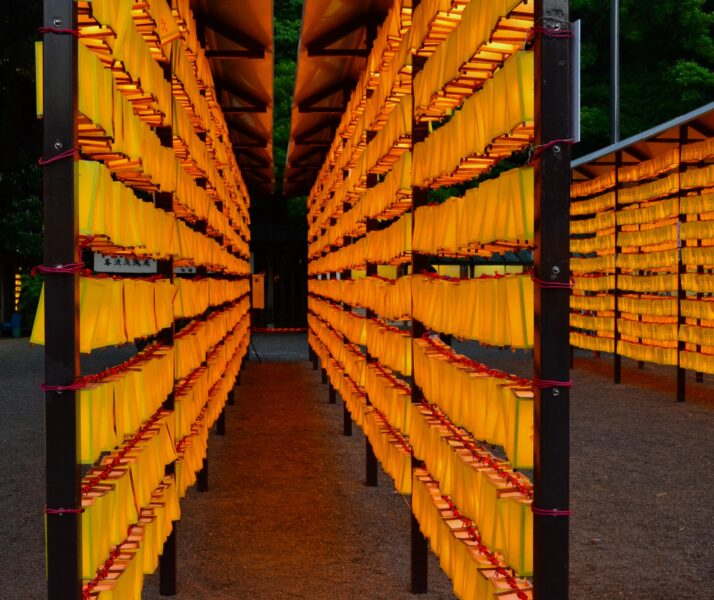
- Arrive before sunset: Enjoy the contrast between the pre-light-up atmosphere and the magical glow of the lanterns after dark.
- Experience the inner garden worship: From 5:45 PM to 9:10 PM, visitors can enter the inner garden for a quiet moment of prayer. The offering fee is ¥1,000 (free for children aged 12 and under).
- Check the performance schedule in advance: Traditional events like Awa Odori are held on specific nights—for example, July 14 in most years.
- Capture the best photo spots: The view of lanterns through the torii gate or in front of the main shrine makes for stunning photos.
- What to bring: Wearing a yukata enhances the festive mood. A fan, insect repellent, and camera are also recommended for comfort and memories.
1-3 Koenji Awa Odori|Two Days of Rhythm and Summer Energy
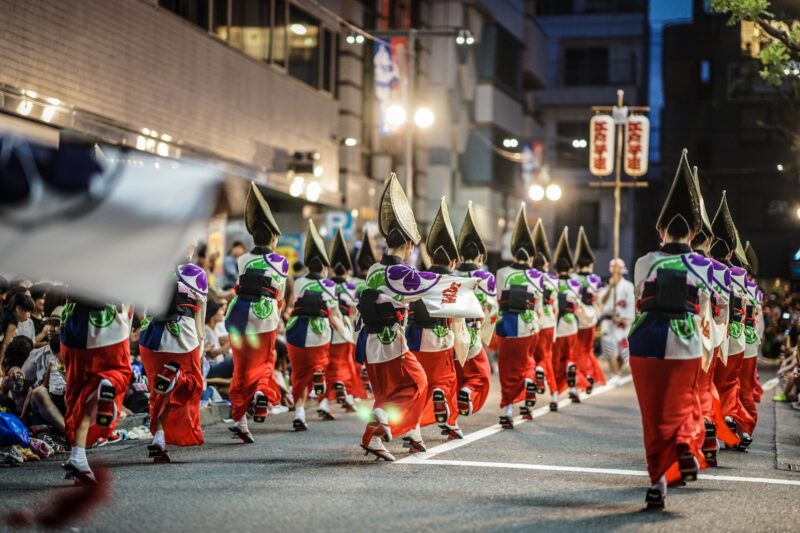
1-3-1 Event Overview
- Dates: Held annually on the last Saturday and Sunday of August (e.g., August 30–31, 2025)
- Time: 5:00 PM – 8:00 PM (tentative)
- Venue: Shopping streets and performance zones around JR Koenji Station and Tokyo Metro Shin-Koenji Station
- Access: Just a short walk from JR Chuo Line’s Koenji Station or Tokyo Metro Marunouchi Line’s Shin-Koenji Station
- Official Website: Koenji Awa Odori Official Site
1-3-2 Highlights & Cultural Significance
- One of Tokyo’s largest Awa Odori festivals, featuring around 10,000 dancers
- Includes traditional dance troupes (ren) from Tokushima, the birthplace of Awa Odori
- Enjoy both “nagashi-odori” (parade-style dancing through shopping streets) and “butai-odori” (stage performances)
- Powerful coordination of men’s and women’s dances with live music—taiko drums, flutes, and shamisen
- A lively and interactive summer festival where spectators can join in with clapping and cheers
1-3-3 Tips for Enjoying the Festival
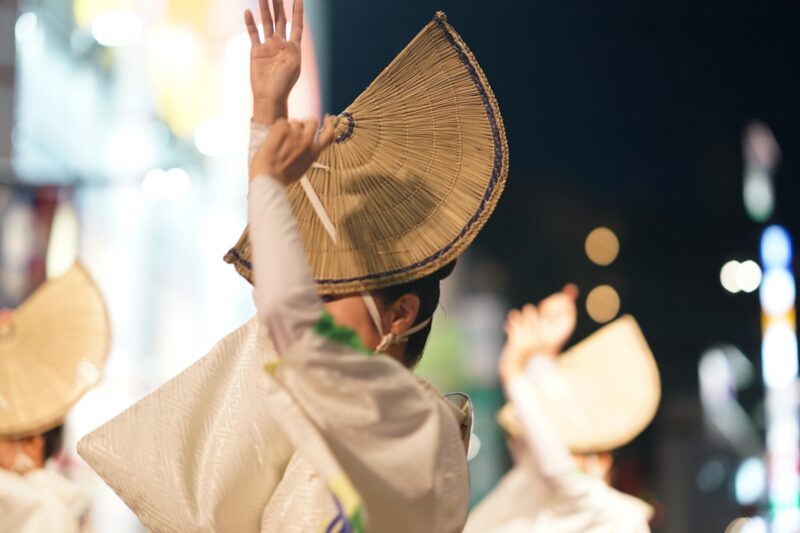
- Arrive early to get the best viewing spots: Popular performance zones like the Central and PAL stages get very crowded.
- Check the performance area map in advance: There are eight dance zones—exploring them lets you enjoy the unique style of each ren (dance group).
- Wear a yukata to embrace the festive spirit: Even as a spectator, dressing up adds to the summer festival experience.
- Don’t miss the stage performances: Shows at Za-Koenji and Suginami Sesshon Hall feature dramatic lighting and choreography for a more artistic take on Awa Odori.
- What to bring: A fan, drinks, comfortable walking shoes, and a portable phone charger will keep you cool, hydrated, and connected.
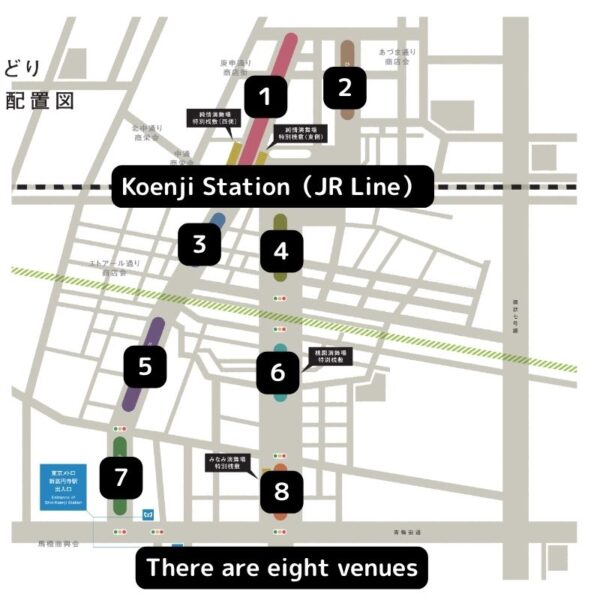
1-4 SUZUMUSHI CAFÉ|A Tranquil Summer Café Experience with the Sound of Bell Crickets
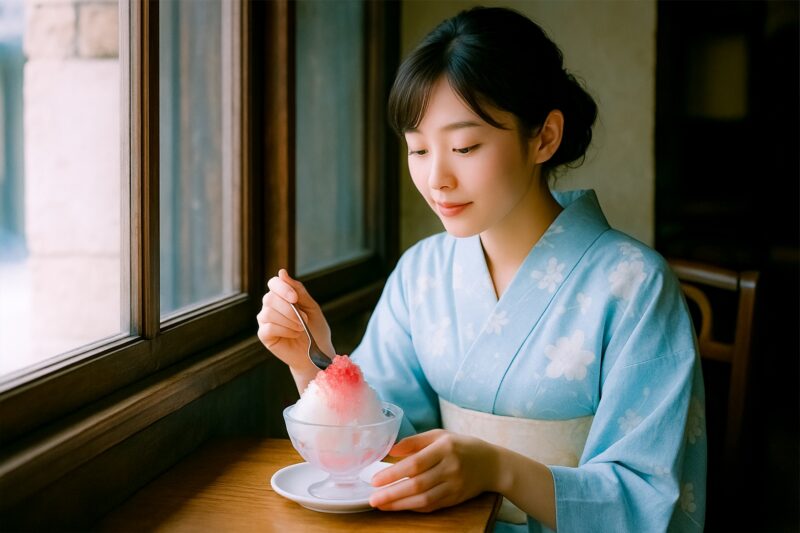
1-4-1 Event Overview
- Dates: July 26 (Sat) – September 1 (Mon), 2025 (closed on August 16)
- Time:
First Session: 6:00 PM – 7:30 PM (last order at 7:00 PM)
Second Session: 8:00 PM – 9:30 PM (last order at 9:00 PM) - Venue: Shinden “Shinmei” and garden area at The Prince Park Tower Tokyo
- Access: About a 2-minute walk from Akabanebashi Station (Toei Oedo Line)
- Official Website: SUZUMUSHI CAFÉ – The Prince Park Tower Tokyo
1-4-2 Highlights & Cultural Appeal
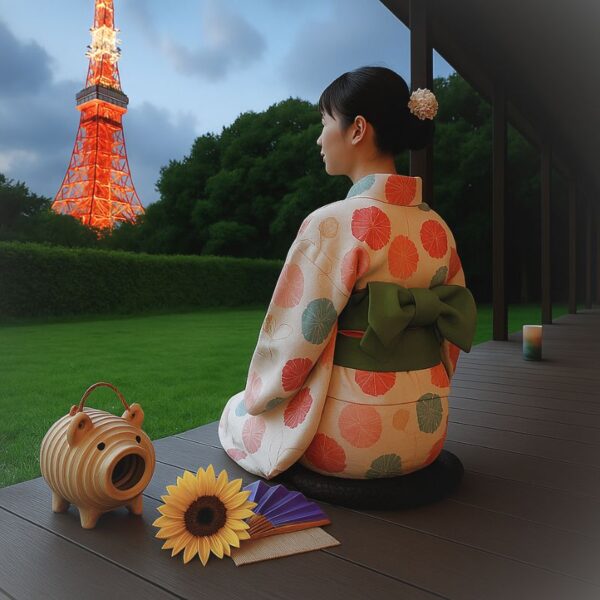
- A seasonal café where you can relax on tatami mats or a traditional veranda while listening to the soothing sound of bell crickets
- Enjoy classic Japanese summer experiences like sparklers and foot-soaking in a garden with views of Tokyo Tower
- Seasonal Japanese dishes and sweets, including somen noodles, summer vegetable jelly, and watermelon panna cotta
- Instagram-worthy drinks inspired by the “magic hour,” such as colorful cocktails and cream sodas
- Yukata rental and dressing service available, with photogenic spots featuring traditional Japanese umbrellas
1-4-3 Tips for Enjoying the Experience
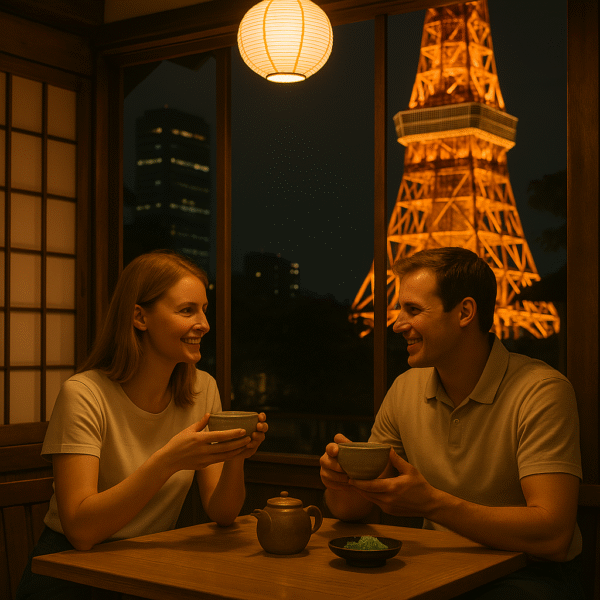
- Choose between veranda or indoor seating when booking: Veranda seats include a foot-soaking experience for added summer charm. Advance reservations are required.
- Wear a yukata for a unique cultural escape: Rental and dressing plans are available for ¥2,300.
- Capture memorable photos with sparklers and traditional umbrellas: The garden offers popular photo spots with Tokyo Tower in the background.
- What to bring: A portable phone charger, folding fan, and insect repellent will help you stay comfortable.
- Price guide: Veranda seating ranges from ¥6,500–¥7,500; indoor seating from ¥5,500–¥6,500. Both include one drink, a seasonal food & dessert plate, and sparklers.

Kokoro
The above content is from the 2024 website of the Suzumu Cafe. There may be price revisions.
1-5 Hagi Tunnel at Mukojima-Hyakkaen Garden|A Floral Pathway That Signals the Arrival of Autumn
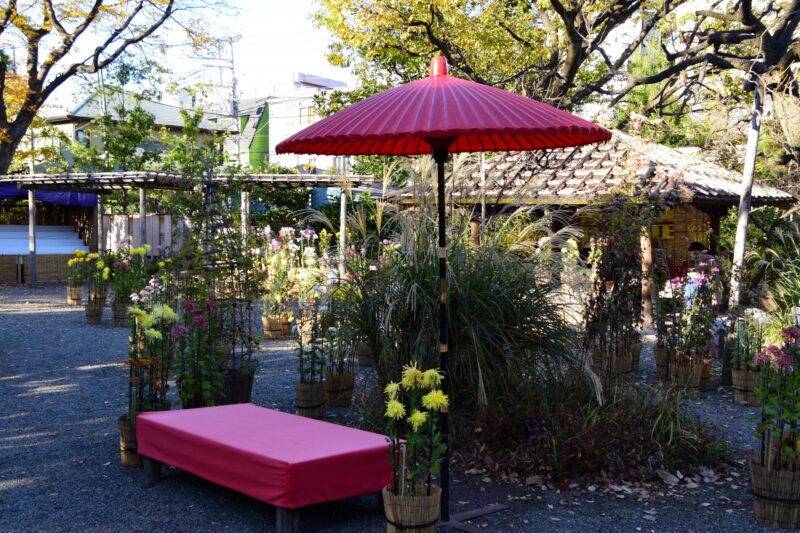
1-5-1 Event Overview
- Dates: Mid-September to early October every year (e.g., September 13 – October 1, 2025, tentative)
- Hours: 9:00 AM – 5:00 PM (last entry at 4:30 PM)
- Note: Open until 9:00 PM on Tsukimi no Kai (Moon Viewing) event days
- Venue: Mukojima-Hyakkaen Garden, Higashi-Mukojima, Sumida-ku, Tokyo
- Access:
8-minute walk from Higashi-Mukojima Station (Tobu Skytree Line)
3-minute walk from Keisei-Hikifune Station (Keisei Oshiage Line) - Official Website: Mukojima-Hyakkaen Garden – Tokyo Metropolitan Park Association
1-5-2 Highlights & Cultural Significance
- A 30-meter-long Hagi Tunnel covered with blooming Miyagino and white bush clovers, forming a natural bamboo archway
- A historic Edo-period garden cherished by poets and scholars, offering a serene glimpse of early autumn
- Seasonal cultural events during the Hagi Festival, including tea ceremonies, traditional music (Shinnai-nagashi), and haiku gatherings
- Autumn flowers such as bush clovers, red spider lilies, and the “Seven Flowers of Autumn” bloom throughout the garden
- A unique blend of tradition and modernity, with scenic views of Tokyo Skytree rising behind the garden landscape
1-5-3 Tips for Enjoying the Experience
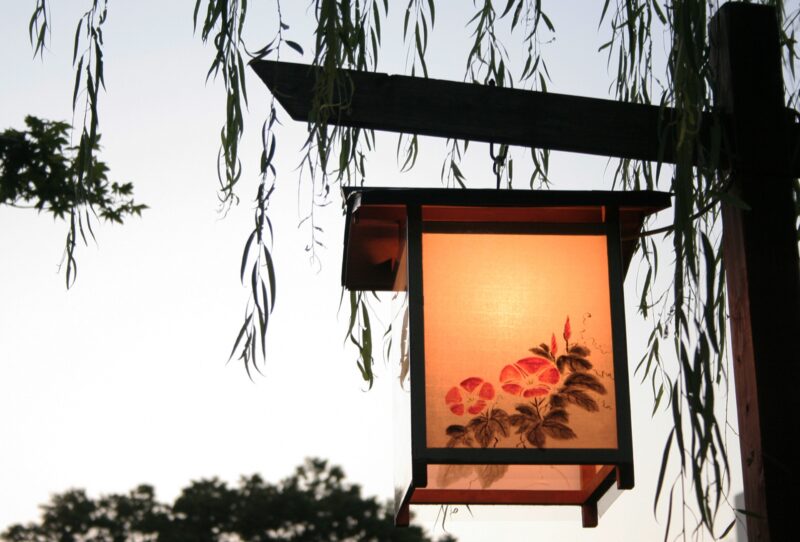
- Best time to visit: Late September to early October. Check the garden’s official social media for real-time blooming updates.
- Go in the morning for a peaceful atmosphere: Fewer visitors and soft natural light make it ideal for quiet walks and beautiful photos.
- Don’t miss the Moon Viewing Nights (Tsukimi no Kai): Held in mid-September, the garden stays open until 9:00 PM with lanterns and art lamps creating a dreamlike ambiance.
- Explore cultural spots inside the garden: Visit haiku monuments and the traditional tea pavilion to experience the spirit of Edo-period Japan.
- What to bring: Insect repellent, a camera, and comfortable walking shoes. For the quietest experience, weekday mornings are highly recommended.
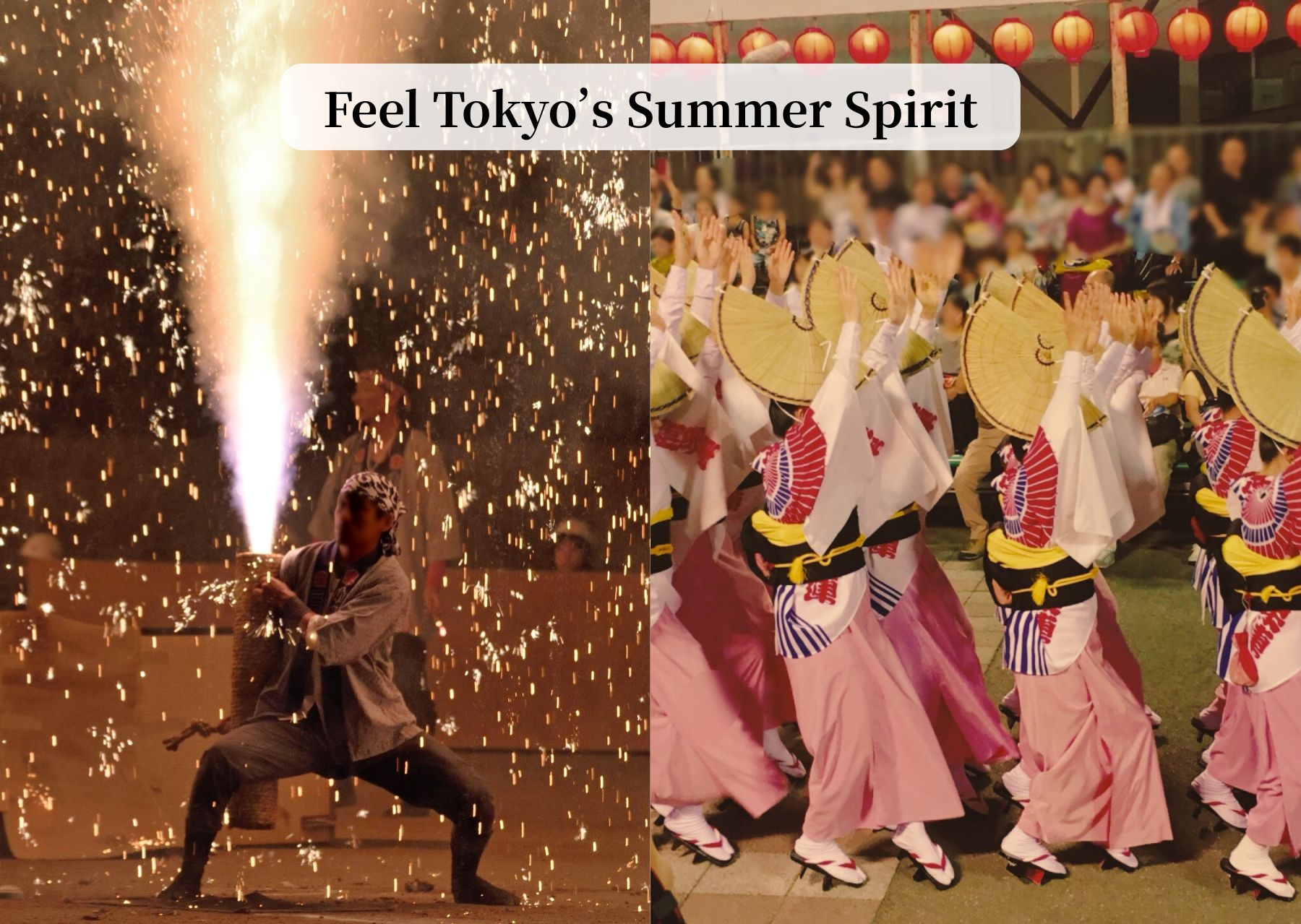


Comments